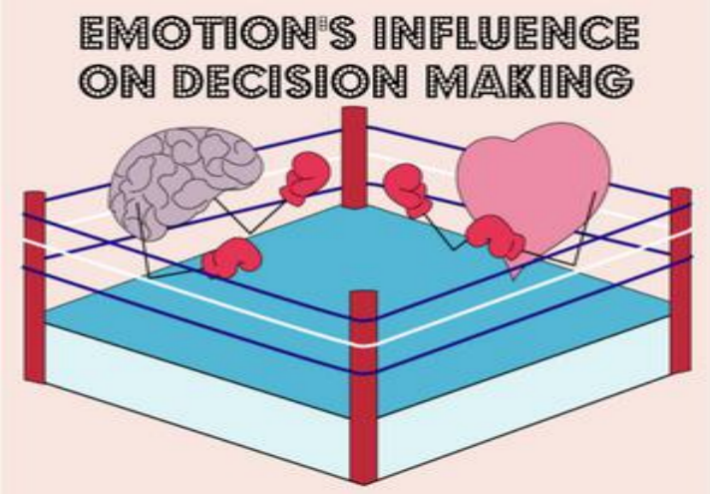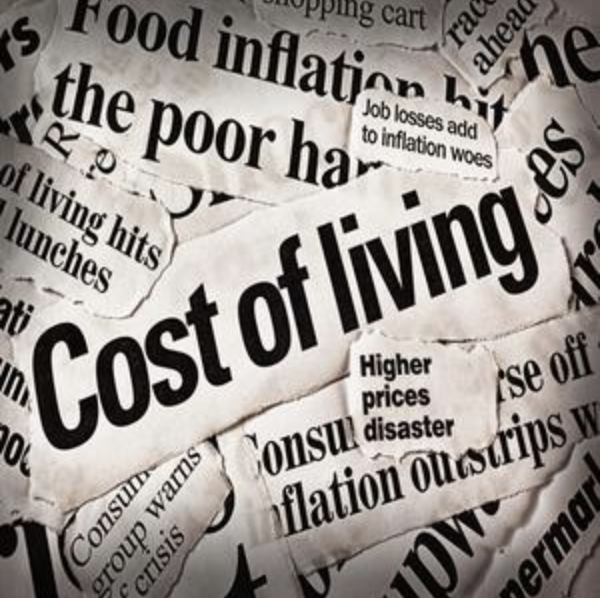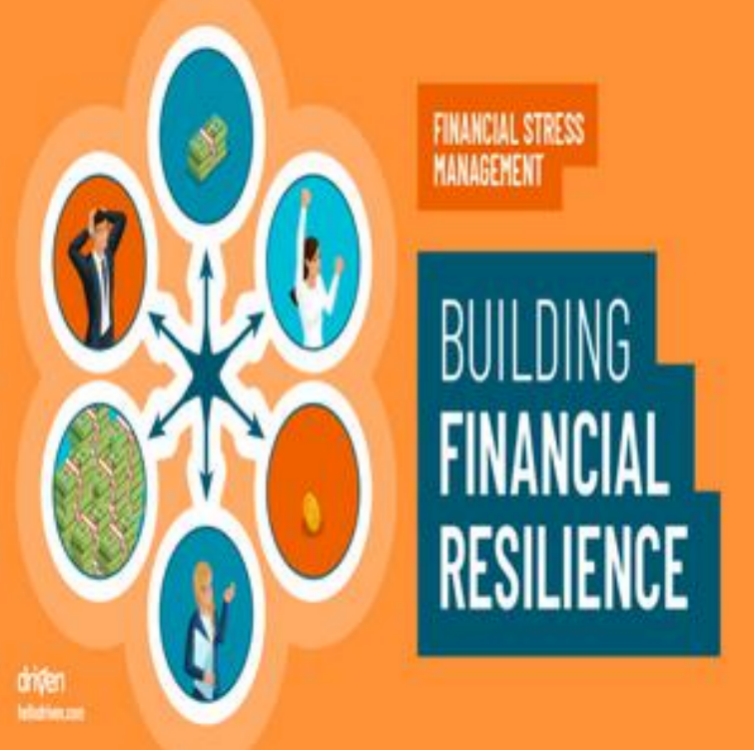In a society overwhelmed by ads telling us to “enjoy life” by buying things, it’s surprising that many people who spend a lot still face money problems. Although they have the ability to buy a lot, they often end up in worse financial situations with every item they purchase. The factors causing this issue are more complicated than they seem, and recognizing them is essential to escape the cycle.
The Illusion of Status Consumption
Affluent consumers often fall prey to the allure of status-based spending. Companies effectively associate their products with luxury and rarity, turning designer goods and premium buys into markers of affluence. However, this desire for status can have negative consequences.
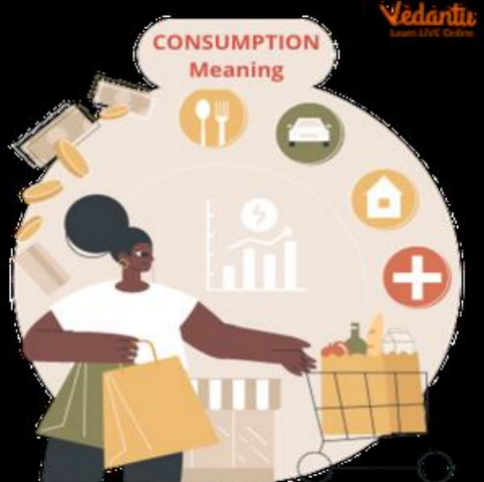
Studies in behavioral economics reveal that the pleasure derived from these status symbols is short-lived because of the concept known as the “hedonic treadmill.” The thrill of acquiring high-end items fades quickly, leading to ongoing expenditures. Such purchases can deplete resources, providing minimal long-term benefits. Essentially, shoppers are “renting” their social standing at a steep price, which hinders their ability to accumulate wealth.
The Hidden Costs of Impulse Buying
In today’s digital world, impulsive shopping has surged, particularly among those who can easily access credit. Online retail sites, with their quick checkout options and targeted ads, make it very simple for people to buy things on the spot. Those who spend a lot may not hesitate to throw a pricey gadget or a fashionable outfit into their cart on a whim.However, what they frequently fail to consider are the hidden costs linked to impulse buying. Besides the initial price, additional costs like storing items, taking care of them, and the missed chance to invest that money are important to recognize. For instance, purchasing a fancy camera on impulse might seem smart initially, but if it remains unused in a drawer, it not only wastes money but also holds back funds that could be used more wisely, such as investing in stocks or real estate.
The Trap of Lifestyle Inflation
As people earn more money, they often feel the urge to upgrade their lifestyles. Those who make a high income frequently enhance their homes, vehicles, vacations, and dining choices to match their financial growth. It’s completely normal to want to enjoy the rewards of hard work, but lifestyle inflation can get out of hand very quickly.
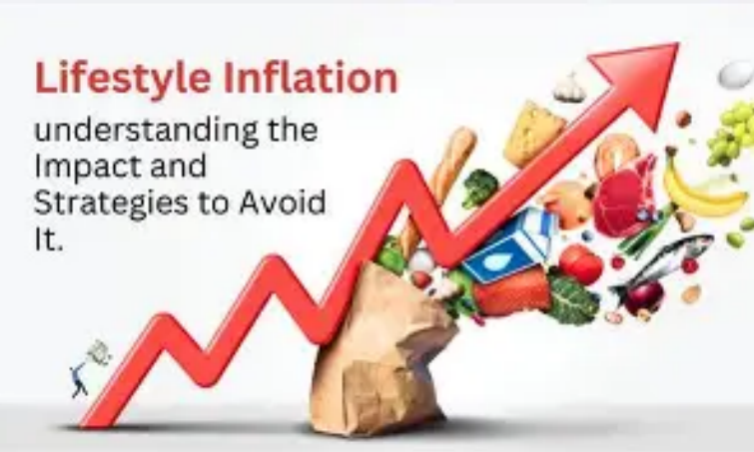
One of the main issues with lifestyle inflation is that it leads to a continuous cycle of rising expenses. When costs go up, there is increased pressure to earn more, which can leave little opportunity for saving or investing. Even if someone’s income keeps increasing, if their expenses rise faster, achieving financial security could be challenging. Additionally, during economic downturns or job losses, those trapped in lifestyle inflation may find it hard to cope financially, as they struggle to keep up their usual way of living.
The False Promise of “Investment - Grade” Consumption
Many consumers who spend a lot often consider their luxury buys as "investments," mentioning expensive items like fine wines, vintage cars, or designer watches that might increase in value. Although certain collectible items can appreciate, they exist in risky, specialized markets that demand specific knowledge, time, and resources that most people do not possess. Additionally, expenses related to storage, insurance, and upkeep can diminish possible profits, showing these so-called "investments" as concealed spending that depletes wealth without providing real returns.

The contradiction of becoming poorer due to overspending arises from the mix of mental, financial, and social elements. To address this, individuals need to change their thinking: they must recognize hidden costs of consumption, resist the urge to buy for social status, and control lifestyle inflation to focus on true financial security and wealth accumulation.
